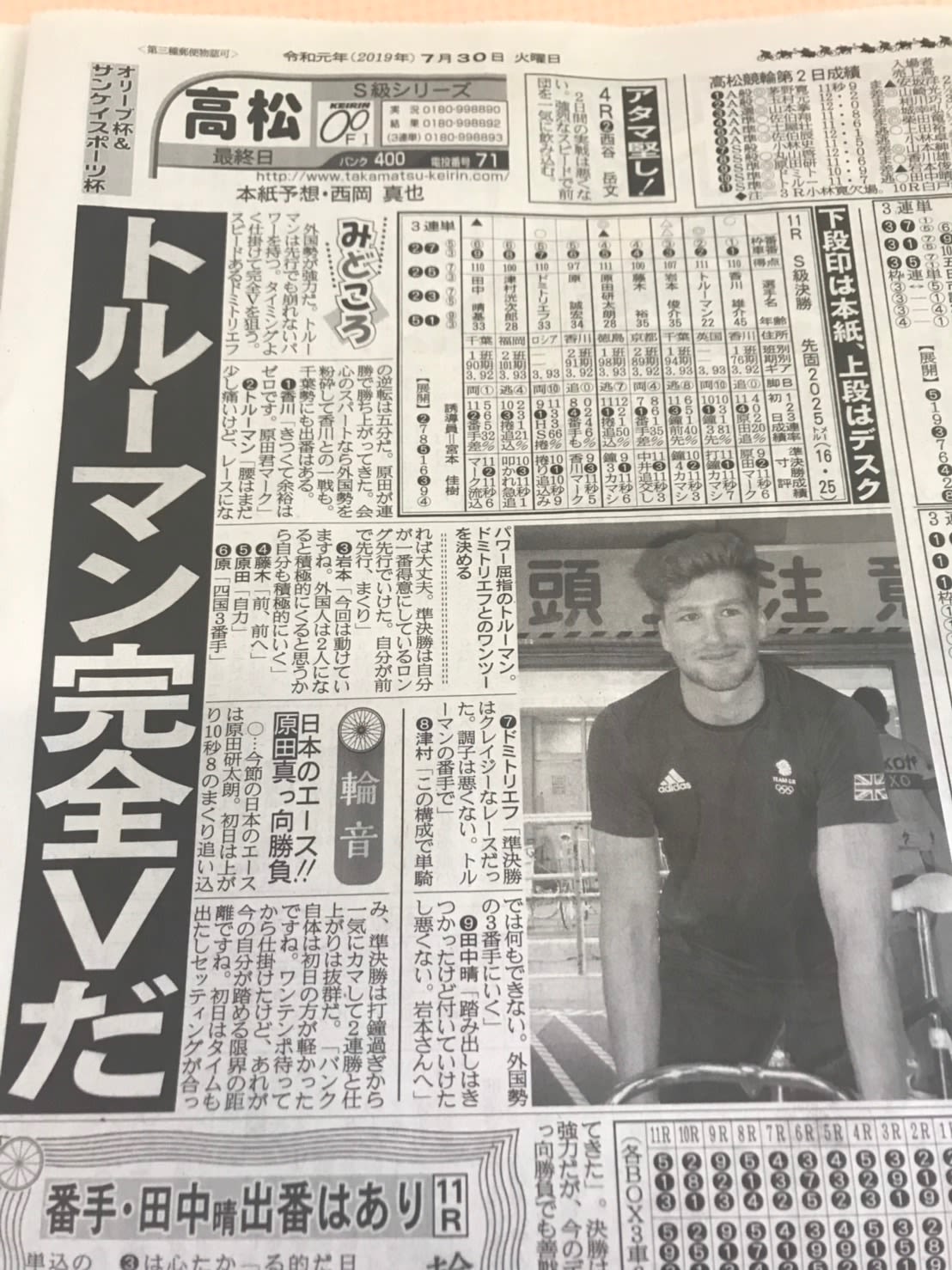Inside the mysterious world of the Japanese keirin
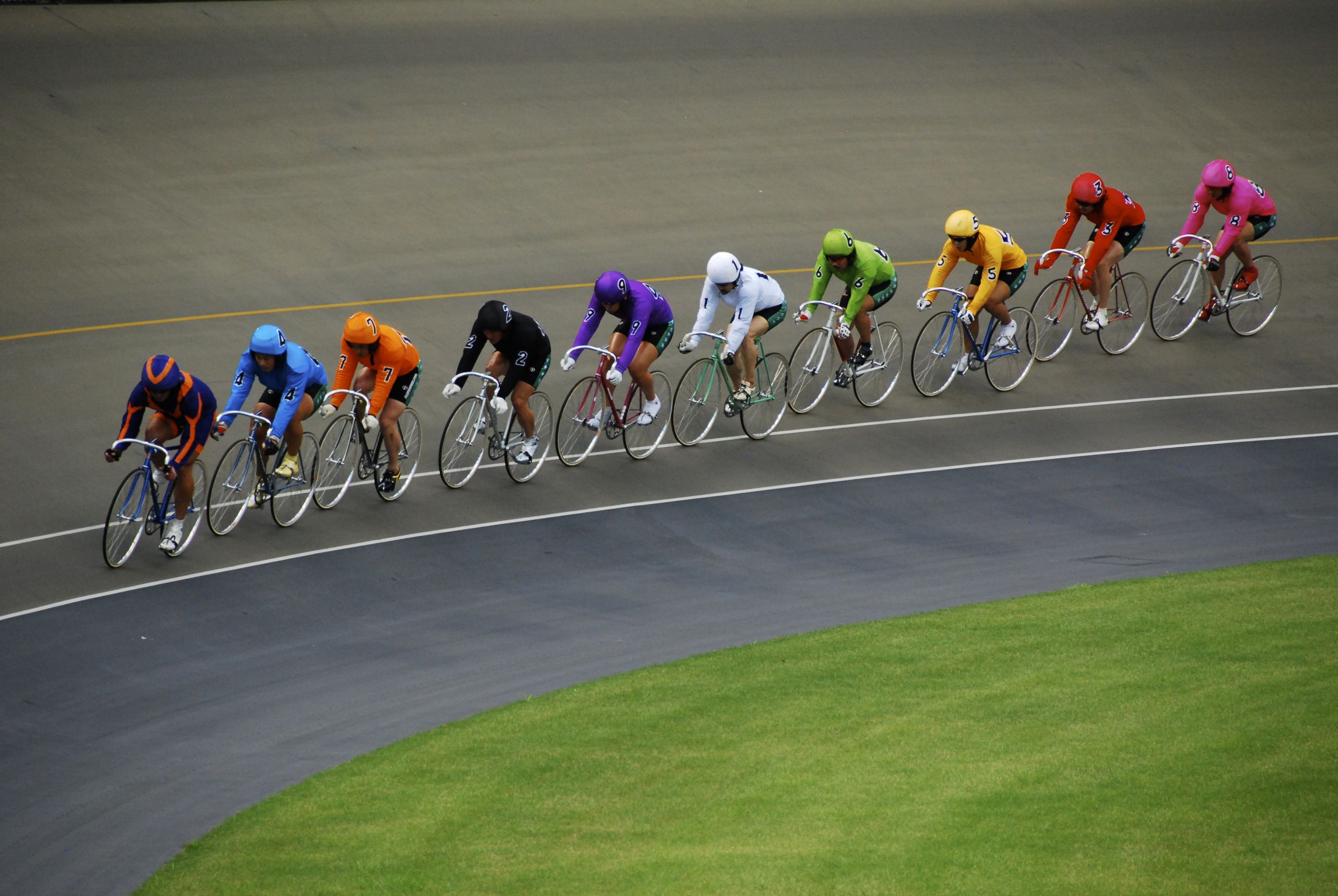
The Keirin
In the world of track cycling, keirin is the most unique event – six riders chasing a motorised pacer on bikes with no brakes is sure to catch the eyes of sporting enthusiasts from around the world.
Fans of track cycling will be familiar with the glamourised version of keirin, with Victoria Pendleton, Chris Hoy and Jason Kenny all claiming golds in the Olympic event.
But keirin actually stems from Japan where it goes beyond the sporting realm.
“It’s massive out there,” says British track cyclist Joe Truman, “Japanese keirin has such an immersive culture.”
Truman is the national champion in the keirin and has World, European and Commonwealth silver medals in the team sprint. As a result, he was given an invitation to ride in Japan during the 2018 and 2019 seasons.

“It was one of my bucket list things as a cyclist to go out to Japan," he said, "When the invite came through it was really exciting. There was no question that I wouldn’t accept.”
As one of the four sports that the Japanese can legally bet on, the keirin is a £10 billion industry, attracting more bets on the prestigious one-day Keirin Grand Prix race than the entire British horse racing season.
Riders are known to bow before getting on their steel bikes at the start of races – a far cry from the carbon machines seen at international events – and are led out by another cyclist in a colourful jersey rather than the usually bored looking motor pacer.
It’s a race entrenched in respect and tradition in its home country. Keirin is not just a sport but an integral part of Japanese culture and history.
Keirin originated in the city of Kitakyushu in 1948, where Japan, still suffering from the effects of the Second World War, was able to kindle a national passion.
A post-war economic decline caused the government to build 70 velodromes across the country and made keirin one of the four sports that the public could legally bet on in an attempt to boost the economy.
For Japan, keirin became a way for spectators to make money, but for riders, it became a way of life.
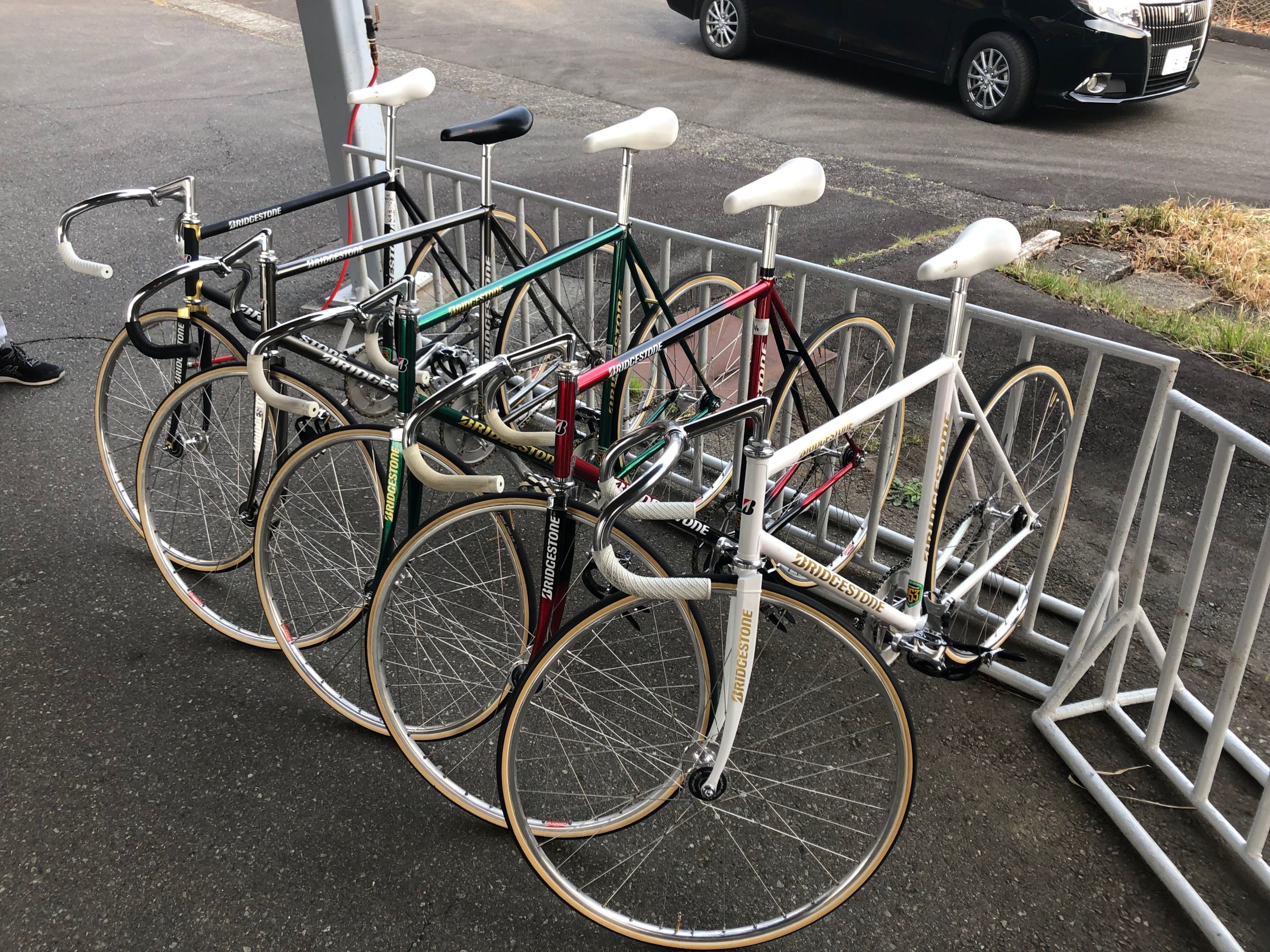
The Keirin Racing School
Keirin is wrapped in tradition, with Japanese riders having to pass a strict 11-month training course at a keirin school located in the mountains in Izu – a two-hour bullet train journey from the future host Olympic city, Tokyo.
Founded in 1950, the Japan Keirin School provides an education for riders which includes learning tactics of the race, dismantling and building their bikes, and even the rules on crashing.
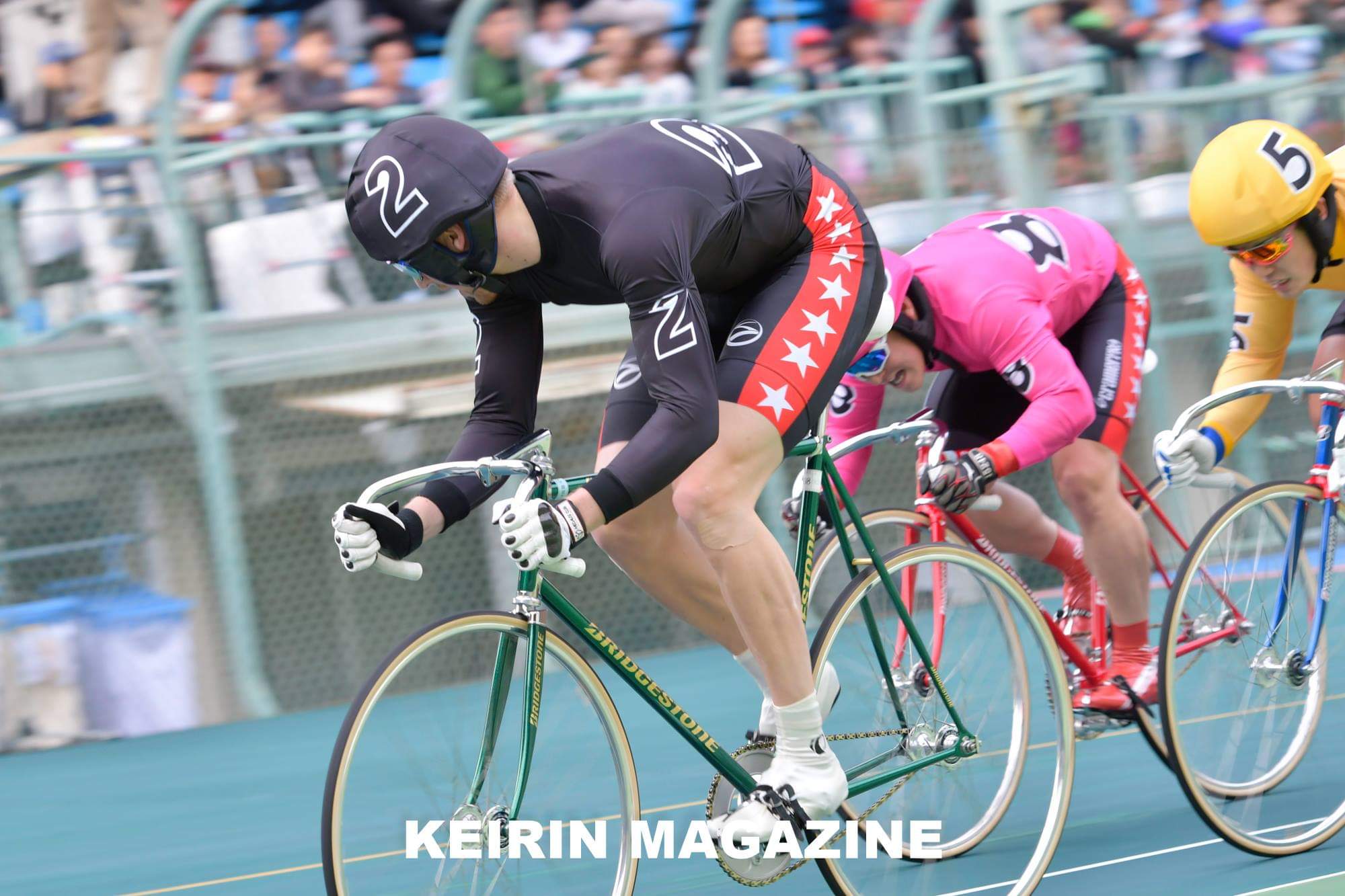
Only 10% of its applicants are accepted, but every year, a small number of international riders – called ‘gaijin’ – are invited out to attend a two-week crash course of the school before competing.
“It’s probably the biggest culture shock I’ve had in any country,” Truman says, “I flew straight from the Commonwealth Games in Gold Coast, where obviously there was a big team environment, to Japan, where I was completely on my own.”
Truman had two six-month stints in Japan, following in the footsteps of double Olympic gold keirin medallist Chris Hoy, who first attended the school in 2005.
“The riders that have been through the Japanese keirin system, some are the world’s best keirin riders. It was huge to get invited out,” Truman says.
A normal day for riders at the school has them up at 6.30am for breakfast, consisting of raw fish and fruit – something Truman learnt to “embrace”, or stomach – with lights out by 10pm. For home-grown riders, this is six days a week for 11 months of the year.
In the day, the students have a regimented training schedule alongside their lectures at some of the incredible training facilities the campus has to offer.
“There are four velodromes that are open 24/7 which was great because after I’d graduated [from the school], I could train whenever was best for me,” Truman explains, “There’s also a start hill, a 10-kilometre road circuit that weaves through the site, and gyms as well. It’s an amazing training facility.
“The lectures were also all in Japanese, but we had our translators next to us explaining it in our ears. That was a cool experience.”
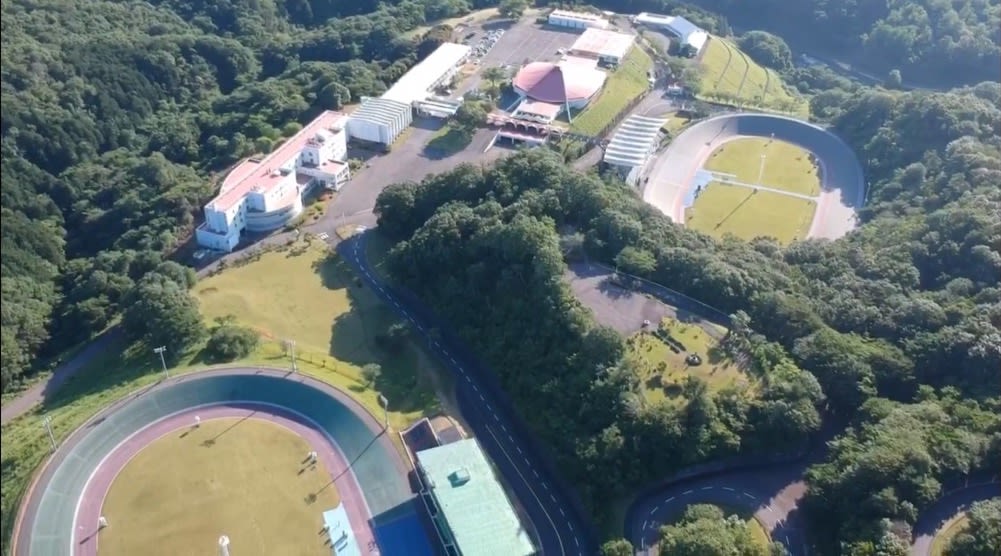
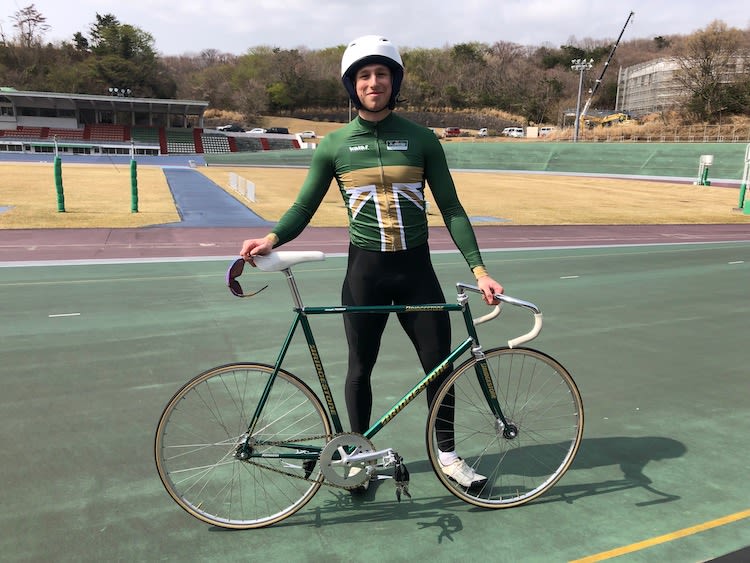
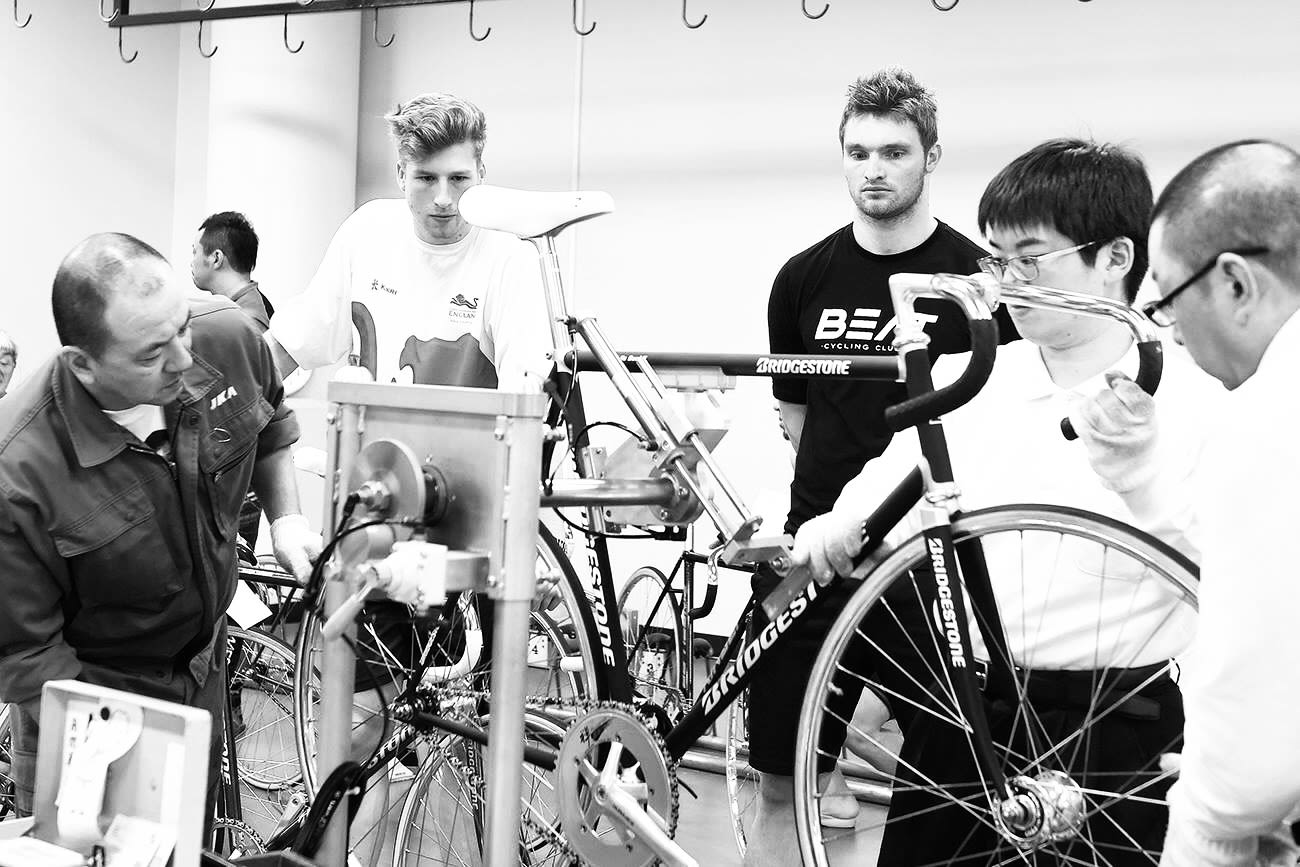
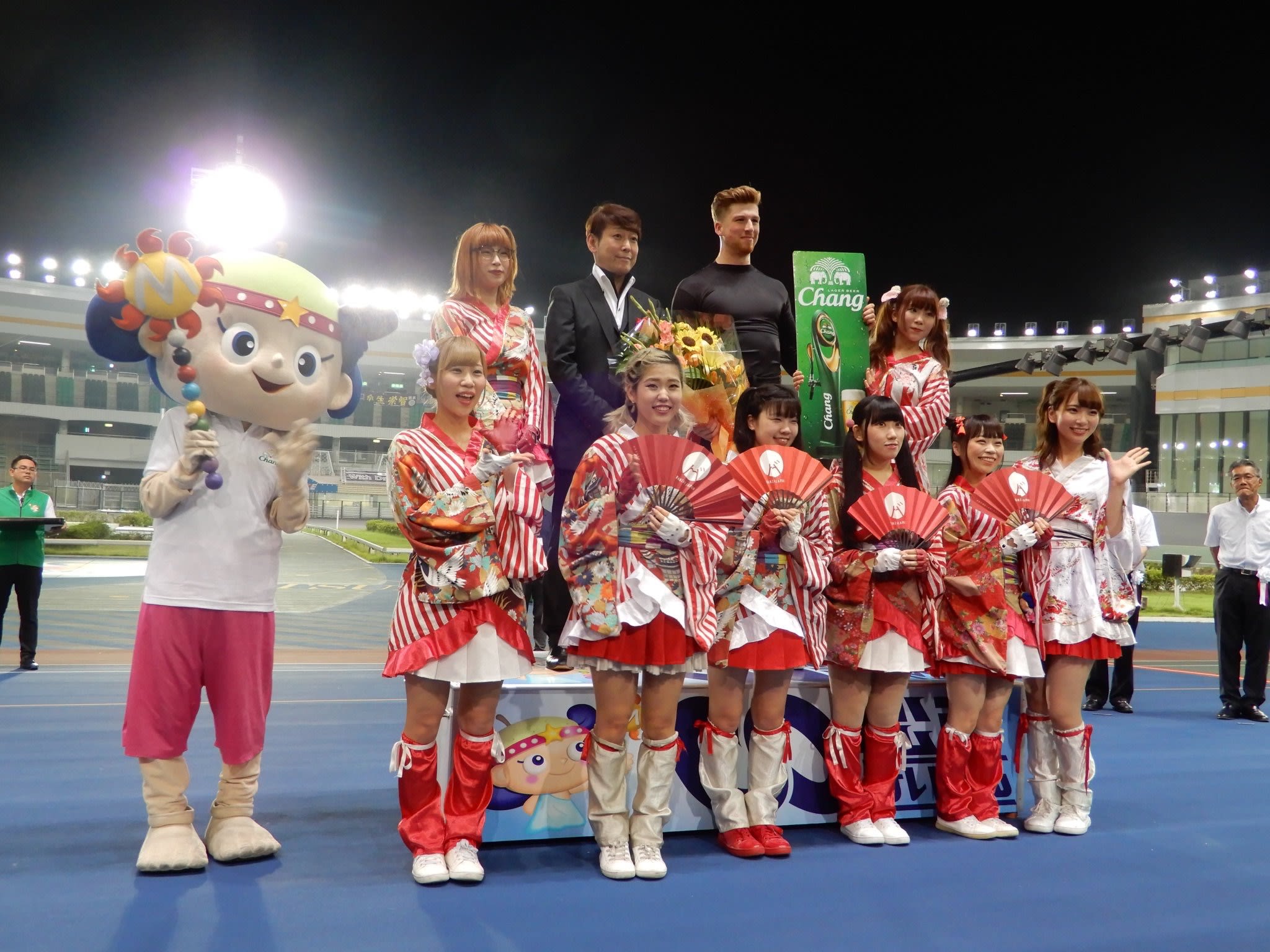

Keirin Racing in Japan
After graduating from the school, riders are able to enter keirin races that are held 365 days a year in Japan.
Riders compete on outdoor tracks, known as keirin stadiums, that are made out of a grippy material, allowing races to go ahead in any condition without the risk of slipping.
“I think it was my second ever race out there,” Truman recalls, “I remember being in the start gate and looking forward and there was literally a waterfall coming down the banking! The way it’s made means less of a chance of cancelling races, which would obviously make the betters unhappy. Unless there’s a typhoon, racing will go ahead.”
On arrival to competitions, riders have to be dressed smartly and must forfeit their mobile phones. No communication is allowed with the outside world over the event – some lasting up to six days – due to the gambling nature of the sport.
The first day of a meeting is zenken day – inspection day – where bikes are tested and checked. Bikes will have been shipped directly from previous races and riders have to build their bikes back together themselves.
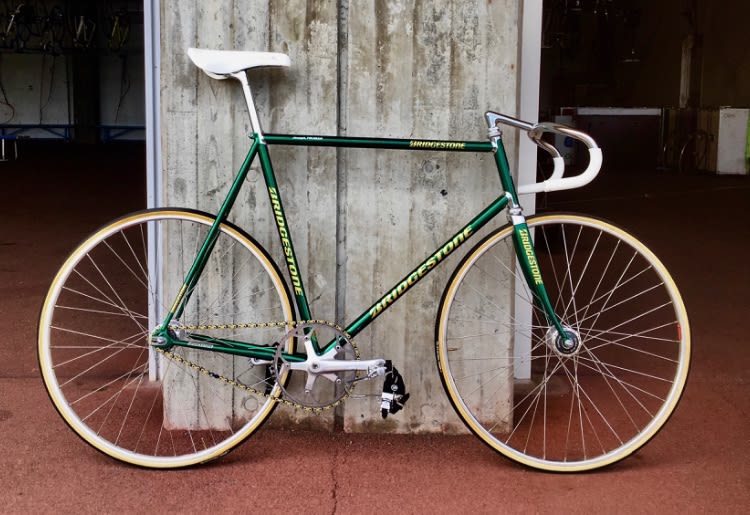
“I felt like I was thrown in the deep end at first as I was used to the mechanics sorting my bike in Manchester!” Truman laughs, “At races, the officials take your bike apart and stress test it, checking every single bolt and looking for scratches. If there’s a scratch on your frame, you can’t use it. It’s got to be pristine.”
The bikes themselves are made of steel, with every rider having the exact same equipment.
“It’s like a completely different sport really. Everything out there has pretty much stayed the same since the 60s. None of the race protocol or bike equipment has changed. It was so different.
“It’s much more about the mindset and your tactics rather than who has got the quicker bike or fastest wheels. In that respect, it’s really nice because you’re just focussing on yourself and that’s it, rather than all the other variables.”
After the bikes are given the go ahead, riders are sent to their dormitories where they eat, sleep and wash with other competitors. On some days, riders will only race once – their only time for fresh air before returning back to their dorms.
“It was like Groundhog Day. I was pretty prepared for the lockdowns in England!”, Truman says, “I had a really old iPod and a few books. That’s pretty much all we got for entertainment at races. It’s crazy how good your sleep is without the screen time though. I’d end up sleeping about 12 hours a night.”
The night before each race, riders have to declare their tactics – a foreign concept to the modern keirin where a surprise attack can be the key to a win. This is so gamblers are able to make informed decisions on how they are going to bet.
“There’s three main tactics which you can choose from. The one I always used is the senko which means that you’re going to do a long sprint, so I would attempt to get to the front before 400m to go. It’s pretty long and requires a bit of endurance! The makuri is after the 400m mark, usually sprinting from behind. And then some riders use oikomi which is when you leave it right to the last minute.
“There’s nine riders in each race, whereas in international, there’s only six, so there’s a lot of stuff to concentrate on.”
Alongside tactics, riders have to be able to form lines and work together with other riders in order to get a win.
As races approach, tension builds in the ‘holding room’ – a small room with empty walls and worn leather chairs where the riders wait to be called out. Some riders are known to scream, smacking their legs in anticipation for the pain they’re about to cause them. Others throw salt over their bikes for luck while some meditate.
When they are called to race, riders bow to the track, retrieve their bikes, bow, look to the crowd, bow, look forward, bow, and finally get themselves strapped in and ready to race.
The image of nine keirin riders battling it out on a velodrome is a distinctive sight that’s unique to Japan’s racing circuit. Dressed in colourful, baggy jerseys that have been secured and tighten with plastic bands in an attempt to make them more ‘aerodynamic’, and mushroom-like helmets, riders take to the start line a world away from the technology seen in the modern cycling world. Bulging body armour makes their upper bodies look almost as muscular as their immense legs but protects riders against the inevitable crashes that physical races cause.
The sport is full contact and is another reason for the use of the robust steel bikes, as well as the standardisation which levels the playing field, and makes the betting fairer.
Gambling and Keirin
While the keirin betting scene is huge, the crowds are less so. Vast arenas that have been built for thousands of spectators are often eerily quiet – with the exception being the annual Keirin Grand Prix, in which the winning rider receives 100 million yen.
Top riders can earn more than £1 million a year in prize money, but spectatorship has reduced due to the extensive TV coverage that the sport receives.
“The gambling is massive,” Truman says, “It’s crazy. Each race you do, there’s usually at least half a million pounds that’s been bet in that race, sometimes even more.”
While formation and tactics have a role to play in gambling, betters are also given a sheet of data on each rider.
“All the data can get quite consuming,” Truman admits, “It’s got your win percentage, your top three percentage, the percentages from each tactic, form at each track, win and loss ratio – there’s just so much data going on for the betters to put their money on. Even your blood type and star sign are on there!”
Despite its popularity, keirin racing has seen a steady decline since the 1990s, as attendance and revenue declined. Japan’s ageing population has a part to play in this, with the keirin attracting a betting fan base that’s largely over 50 years old.
However, the Japanese Keirin Association has attempted to attract younger fans with the reintroduction of women’s racing in 2012, called Girl’s Keirin.
“There are still more older people in the crowd, but in my second year I noticed more younger people coming,” Truman says, “The Girl’s Keirin is really good and has helped, I think. For the last seven years now, they’ve had an increase of betting each year. It’s really turned itself around and is now back up. There are also midnight races now, so you can bet 24/7 on the keirin!”
Born in a country trying to rebuild itself, but with many of the values the Japanese have respected for decades, keirin is an entity unto itself. The sport is unique in its values that coexist and contrast each other - aggression with respect, physical power with mental spirituality, an athlete's passion with a gambler's desire to make a quick buck. But alongside its weird and wonderful traditions, Japanese keirin encapsulates the very essence of bike racing - skill, strength and fun. Perhaps the combination of these obscurities make the sport what it is - an enigma.
Photos courtesy of Joe Truman and Chris McGrath (via Getty Images)
Data derived from: https://www.yen-joy.net/racer/data/130127 https://morecadence.jp/keirin/77496
